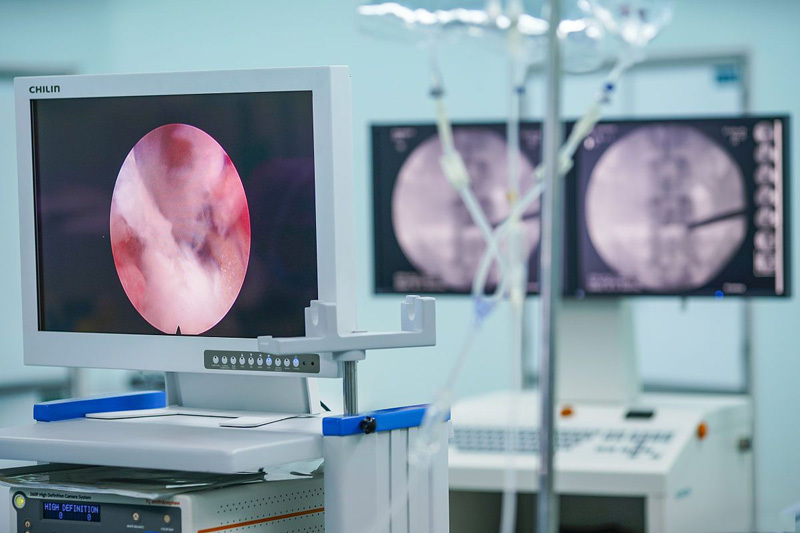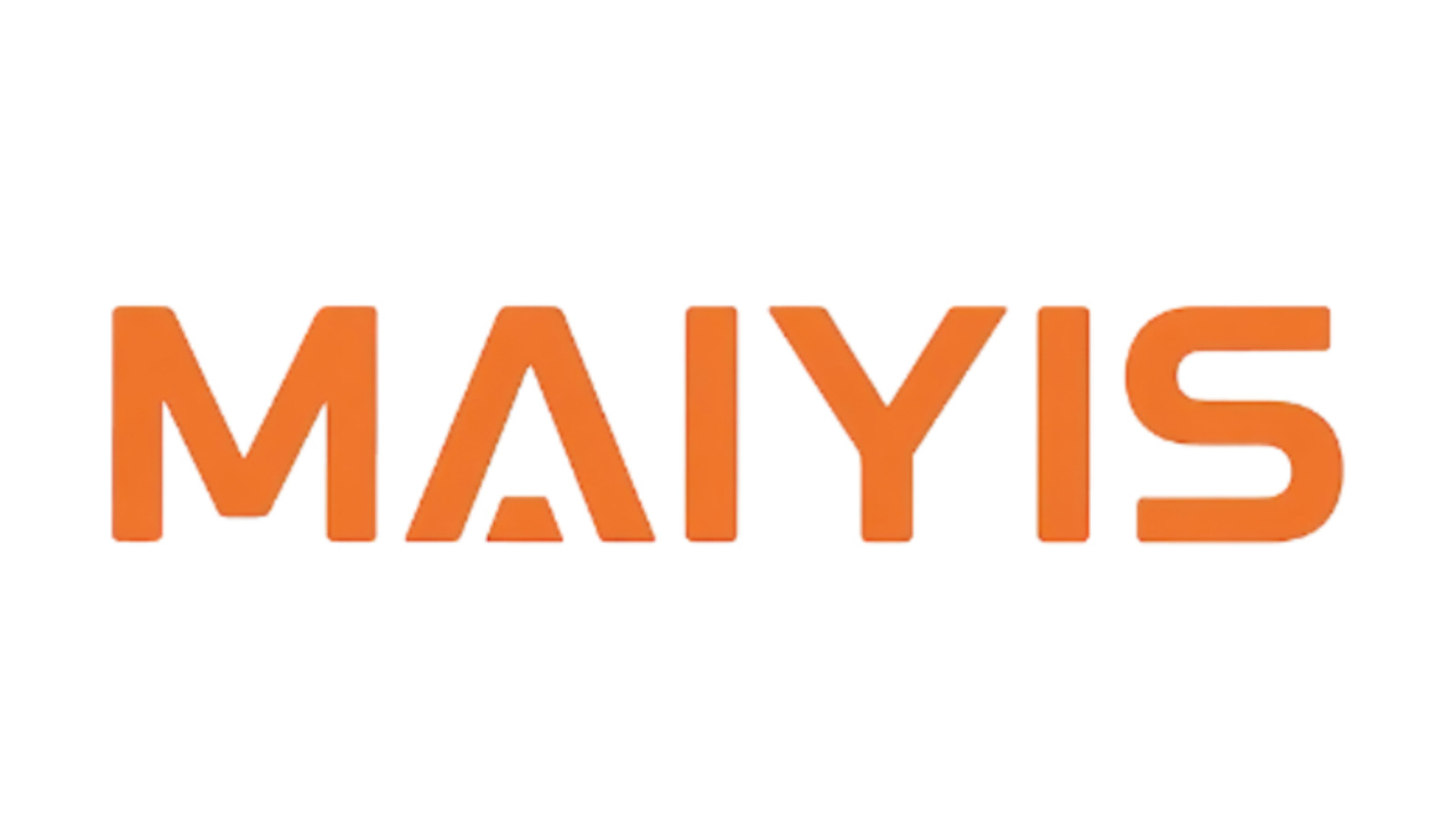What is the price range of endoscopes and what factors influence it?
2025/07/17

Endoscope As a crucial tool in medical and industrial fields, its price varies greatly, ranging from a few thousand to over one million yuan. This huge difference is mainly affected by the following core factors:
I. Price Range Overview
Basic Endoscope (0.5 - 50,000 yuan)
Applicable scenarios: Superficial examinations (such as ENT), teaching demonstrations, simple industrial inspections.
Features: Uses fiber optics or low-resolution CMOS sensors, single function, no image processing system.
Mid-range Endoscope (50,000 - 300,000 yuan)
Applicable scenarios: Routine endoscopic examinations (such as gastrointestinal endoscopy), automotive engine inspection.
Features: 1080P high-definition imaging, flexible soft-scope design, equipped with basic image enhancement functions.
High-end Endoscope (300,000 - 2,000,000 yuan)
Applicable scenarios: Minimally invasive surgery (such as laparoscopy), precision industry (aircraft engines).
Features: 4K/3D imaging, AI-assisted diagnosis, fluorescence imaging, robotic manipulators, etc.
II. Key Price Influencing Factors
Technical Complexity
Imaging technology: Electronic endoscopes (including CCD/CMOS chips) are far more expensive than optical endoscopes.
Functionality: Additional functions such as NBI (narrow band imaging) and confocal laser microscopy increase costs by more than 50%.
Differences in Application Fields
Medical field: Requires sterile certification and biocompatible materials, which are more expensive than industrial endoscopes.
Industrial field: High temperature and pressure resistance, corrosion-resistant design (such as oil pipeline inspection endoscopes) significantly increases costs.
Brand and R&D Costs
Imported brands (such as Olympus and Karl Storz) have a 30%-100% price premium due to technological barriers.
Domestic brands (such as Mindray and KL) reduce prices through localization, but high-end technologies still rely on imports.
Regulations and Certifications
FDA and CE medical certifications increase costs by 10%-20%.
Industrial ATEX explosion-proof certification (such as chemical equipment inspection) doubles the price.
After-sales Service and Consumables
The maintenance cost of high-end endoscopes can reach 30% of the equipment price, and continuous investment in special biopsy forceps and other consumables is required.
III. How to Choose Reasonably?
Clarify needs: Choose basic models for teaching scenarios, and invest in high-end equipment for surgical scenarios.
Domestic substitution: Domestic brands can be selected for basic examinations (high cost performance), while imported brands are still needed for precision operations.
Full life-cycle cost: Calculate the maintenance and consumable expenses within the equipment's lifespan to avoid the "low-price, high-maintenance" trap.
Conclusion
The price difference of endoscopes is essentially a trade-off between "precision and function." Users need to make comprehensive decisions based on application scenarios, technical requirements, and long-term costs, rather than simply pursuing low prices or high-end configurations. With the sinking of medical resources and the trend of Industry 4.0, breakthroughs in domestic technology are gradually narrowing the price gap, and the future market will become more rational.
MORE NEWS



